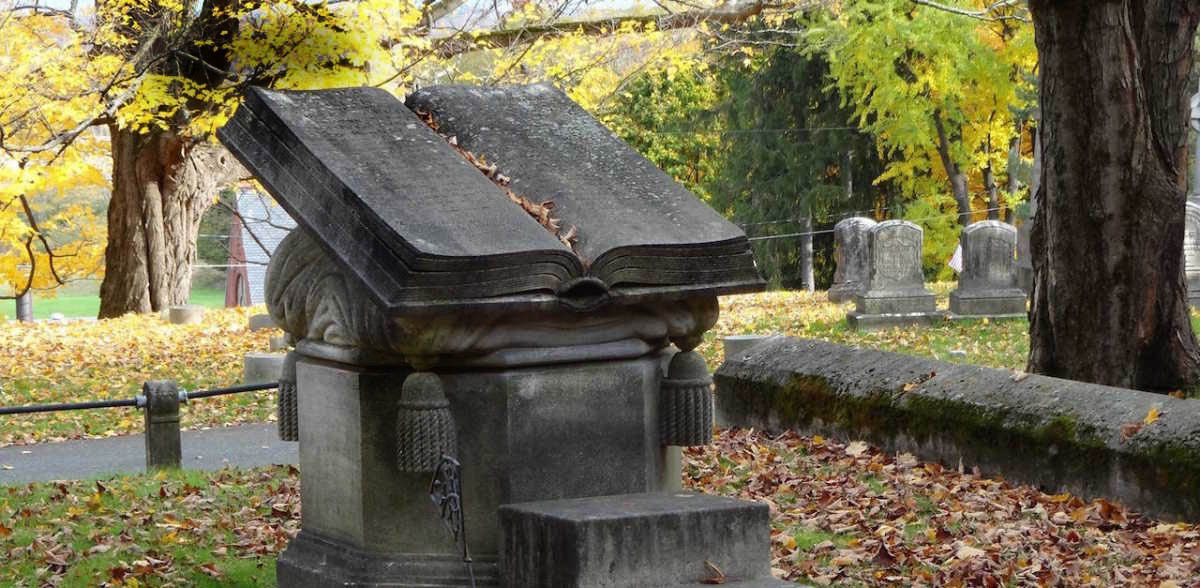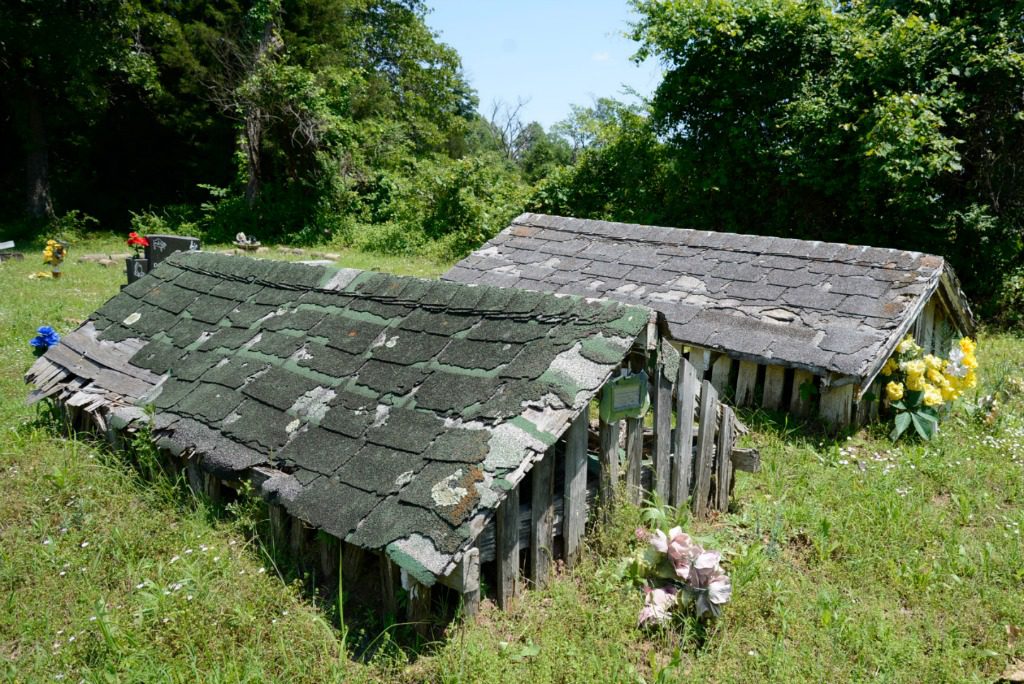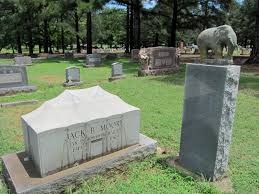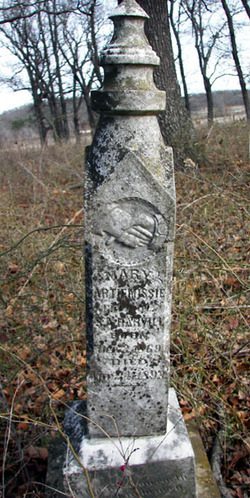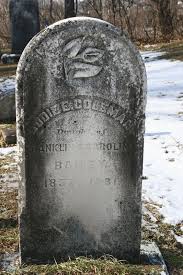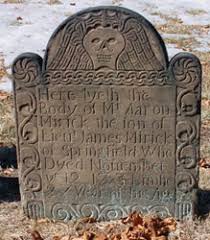People who buried their loved ones during the 1600s and 1700s tended to fear death, which often came too soon. Tombstone carvings leaned toward symbols such as weeping willows and the skull and crossbones pairing; epithets often warned survivors to get their spiritual lives in order.
“In the 1800s, people started celebrating life more than fearing the Grim Reaper,” says Edmond genealogist Jan Beattie. “There were more positive images, celebrating death as a part of life.”
Beattie visits cemeteries to learn more about her own ancestors, but she’s also broadened her knowledge of history and how people once expressed their philosophies of life by studying graveyard symbolism.
“If you are trying to learn about your ancestors, you can learn what their religious beliefs were, and what organizations they belonged to, such as the DAR [Daughters of the American Revolution] or fraternal organizations,” says Luann Waters, who teaches classes about cemetery symbolism and is a member of the Association of Gravestone Studies.
Tombstone carvings might also show ancestors’ hobbies, such as fishing; what branches of the military they served in; and how they earned their livings, says Waters.
She also mentions that some people wanted to have the last word on their grave markers, such as: “I told you I was sick.”
“You might see an hourglass, as a message to people that your time does run out,” she says.
Waters graduated high school in Hugo, where the Mt. Olivet cemetery is the final resting place of circus performers and other employees who wintered there. She says she and her girlfriends respectfully visited the cemetery during horseback rides, and it sparked her interest in graveyards as a place to learn about history and culture.
Beattie has also visited that section of the Hugo cemetery, known as Showman’s Rest, where one grave is marked with a replica of the Big Top and another with an elephant. Guided tours are available on request.
Some markers relate family stories. Members of one of Beattie’s ancestral families died while migrating from Tennessee in a covered wagon, and descendants erected a monument that describes how they drowned while trying to cross the Mississippi River.
Flowers are significant when it comes to cemetery symbolism, says Waters, whether planted in the ground, left as bouquets at the gravesite or carved on a tombstone.
Photos courtesy Jan Beattie and Luanna Waters
“On older stones, you might see a fully opened rose representing a good, full life,” she says. “A rosebud, if the stem of the flower is cut, lets you know they died young.”
Century plants represent immortality, and daffodils are symbols of hope, joy and new beginnings. Dogwoods are symbolic of divine sacrifice and the resurrection, as is the Easter lily. Buttercups suggest cheerfulness. Hollyhocks represent ambition, says Waters, and honeysuckles suggest affection and generosity.
Many cemetery symbols suggest virtues possessed by the departed or virtues that mourners should strive for.
The beehive is the symbol of human industry, often used by Freemasons and Odd Fellows. Cedars represent strong faith. One of the meanings of a butterfly carving is “Christian metamorphosis.”























